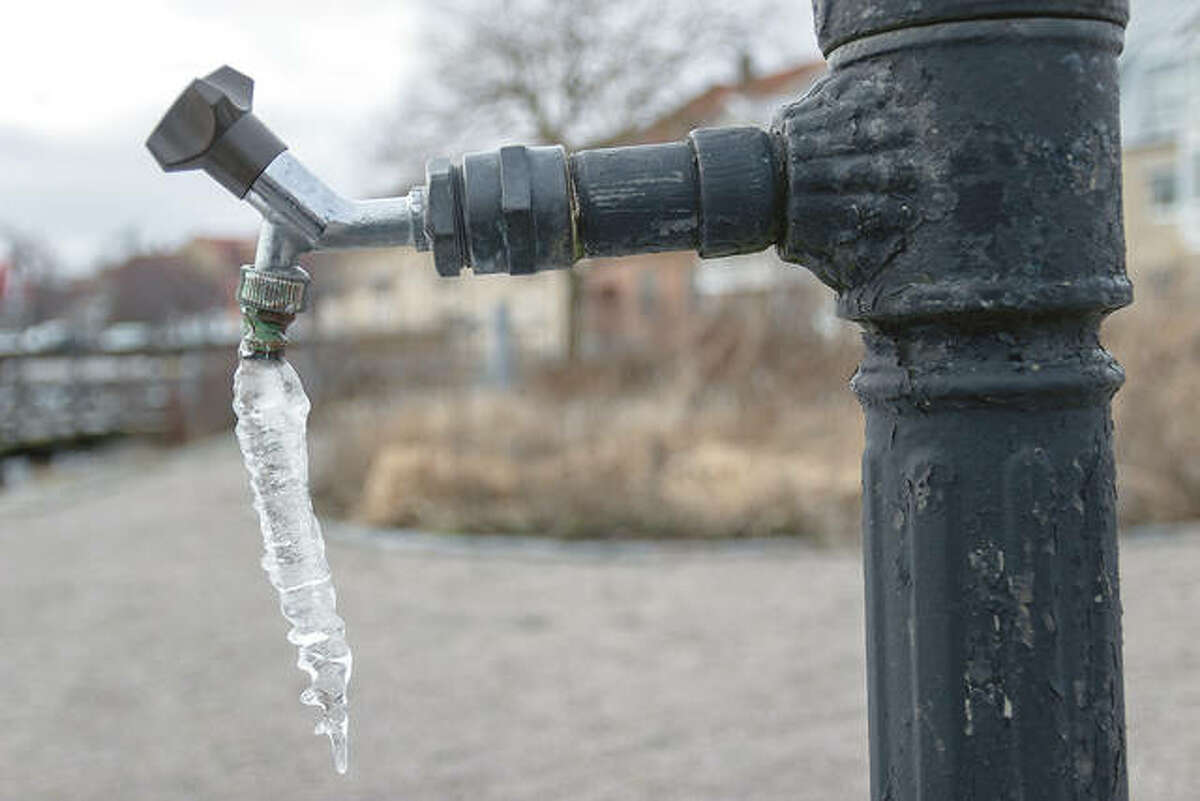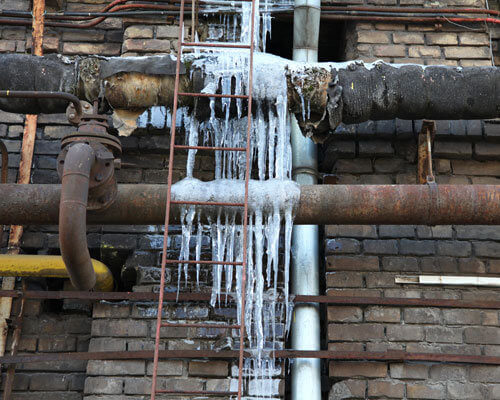Were you searching for critical information involving Preventing and dealing with frozen pipes?

Cold weather can damage your plumbing, particularly by freezing pipelines. Here's how to avoid it from happening and what to do if it does.
Introduction
As temperatures drop, the danger of icy pipelines boosts, possibly bring about expensive repair services and water damage. Comprehending how to prevent frozen pipes is vital for property owners in chilly climates.
Comprehending Icy Pipes
What triggers pipes to freeze?
Pipelines freeze when exposed to temperatures listed below 32 ° F (0 ° C) for extended periods. As water inside the pipelines freezes, it expands, putting pressure on the pipeline wall surfaces and possibly creating them to burst.
Dangers and problems
Icy pipelines can cause supply of water disturbances, residential property damage, and expensive repair services. Burst pipes can flooding homes and trigger substantial structural damage.
Indications of Frozen Pipes
Determining icy pipelines early can avoid them from rupturing.
Just how to determine frozen pipelines
Look for decreased water circulation from faucets, uncommon odors or noises from pipes, and noticeable frost on subjected pipes.
Prevention Tips
Insulating vulnerable pipelines
Cover pipes in insulation sleeves or use warm tape to safeguard them from freezing temperature levels. Concentrate on pipes in unheated or outside locations of the home.
Heating methods
Maintain indoor spaces adequately heated, particularly areas with pipes. Open closet doors to enable cozy air to flow around pipes under sinks.
Safeguarding Outside Plumbing
Yard hose pipes and outside faucets
Disconnect and drain pipes yard pipes before winter. Set up frost-proof faucets or cover exterior taps with shielded caps.
What to Do If Your Pipelines Freeze
Immediate actions to take
If you presume icy pipelines, maintain taps available to eliminate pressure as the ice thaws. Utilize a hairdryer or towels taken in warm water to thaw pipes gradually.
Long-Term Solutions
Structural modifications
Think about rerouting pipes away from outside wall surfaces or unheated areas. Include added insulation to attic rooms, basements, and crawl spaces.
Updating insulation
Buy high-quality insulation for pipes, attic rooms, and wall surfaces. Appropriate insulation helps maintain regular temperatures and decreases the risk of frozen pipes.
Conclusion
Avoiding icy pipes needs proactive procedures and quick reactions. By understanding the causes, indicators, and preventive measures, home owners can shield their pipes during cold weather.
5 Ways to Prevent Frozen Pipes
Drain Outdoor Faucets and Disconnect Hoses
First, close the shut-off valve that controls the flow of water in the pipe to your outdoor faucet. Then, head outside to disconnect and drain your hose and open the outdoor faucet to allow the water to completely drain out of the line. Turn off the faucet when done. Finally, head back to the shut-off valve and drain the remaining water inside the pipe into a bucket or container. Additionally, if you have a home irrigation system, you should consider hiring an expert to clear the system of water each year.
Insulate Pipes
One of the best and most cost-effective methods for preventing frozen water pipes is to wrap your pipes with insulation. This is especially important for areas in your home that aren’t exposed to heat, such as an attic. We suggest using foam sleeves, which can typically be found at your local hardware store.
Keep Heat Running at 65
Your pipes are located inside your walls, and the temperature there is much colder than the rest of the house. To prevent your pipes from freezing, The Insurance Information Institute suggests that you keep your home heated to at least 65 degrees, even when traveling. You may want to invest in smart devices that can keep an eye on the temperature in your home while you’re away.
Leave Water Dripping
Moving water — even a small trickle — can prevent ice from forming inside your pipes. When freezing temps are imminent, start a drip of water from all faucets that serve exposed pipes. Leaving a few faucets running will also help relieve pressure inside the pipes and help prevent a rupture if the water inside freezes.
Open Cupboard Doors
Warm your kitchen and bathroom pipes by opening cupboards and vanities. You should also leave your interior doors ajar to help warm air circulate evenly throughout your home.

We were shown that report on How To Avoid Freezing Pipes from a good friend on another blog. Are you aware of someone else who is involved in the subject? Why not promote it. Thanks for taking the time to read it.
Schedule Now